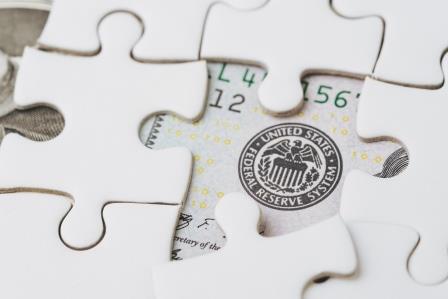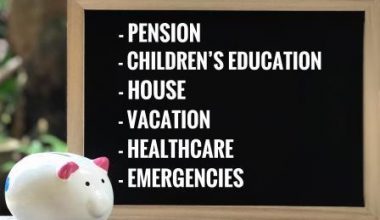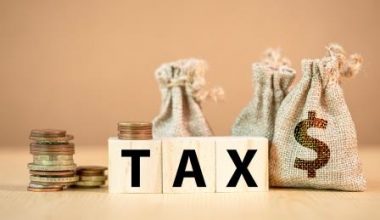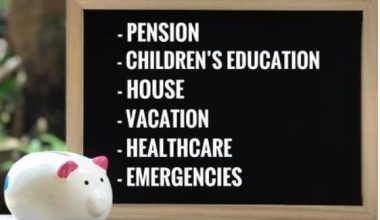Ever since the pandemic induced economic crisis in 2020, central banks across the globe were implementing loose monetary policy measures to support the economies. Federal Reserve (Fed) was the forerunner among the central banks in announcing various Unconventional Monetary Policy (UMP) measures including Quantitative Easing (QE). As a result of the monetary stimulus measures by the Fed, its total assets registered an increase of more than 68 percent since March to USD 7 trillion.
All the major economies, including the emerging markets benefited from these policies. The emerging markets witnessed huge capital inflows that supported them in building forex reserves. The surplus liquidity also supported the stock markets in these economies. For instance, in India, foreign exchange reserves reached an all-time high of USD 600 billion as on 4 June 2021. Similarly, from being the net sellers in the Indian market at USD (-) 15 billion in March’20, the net investment by FIIs/FPIs stood at USD (+) 9 billion in December’20. Similarly, SENSEX and NIFTY has almost doubled from the 2020 March lows.
However, what worries investors the most is how the situation will turn out when the Fed reverses these measures. And, the latest Federal Open Committee Meeting (FOMC) that took place from 15th -16th June 2021 hinted rate hikes in 2023. Earlier in March, Fed officials had signalled that there wouldn’t be any rate hike until at least 2024.The decision concerning the interest rate hike was on account of the rising inflation in the US economy. Also, discussion took place with regard to tapering the bond purchases by the Federal Reserve. Tapering is negative for markets since it would lead to capital outflows from emerging markets.
The Federal Reserve by law is mandated to seek both full employment and price stability. For years inflation rate in the US has been running below the 2 percent target rate. Even with the monetary stimulus measures that were unveiled during the Global Financial Crisis of 2008, inflation rate failed to climb above the target rate of 2 percent. As the US economy was running below the inflation target rate of 2 percent, Fed had the comfort in implementing monetary stimulus measures to support the domestic economy. However, presently price pressure is building up in the US economy. For instance, in May’21, consumer price inflation excluding food and fuel reached 3.8 percent, highest in the last 29 years. Debate is high on whether the inflationary pressure is transitory or permanent? As the inflation figures turned out to be unexpected, Fed was forced to act and hinted at rate hikes. Now markets expect two rate hikes of 25bp each in 2023. Similarly, Fed has raised the inflation forecast from 2.4 percent in March to 3.4 percent, and the Fed Chairman also cautioned that the inflation rate could settle at a higher range in the coming months.
The price pressure in the US economy could be attributed to a number of factors. The US economy is also facing supply shocks that resulted in the price levels spiralling upwards. And, the domestic demand in the US recovered at a much faster rate, thanks to the two rounds of fiscal stimulus measures. Similarly, labour shortage in the US economy is putting upward pressure on wages. In this background, Fed is mandated to keep the inflation rate at the comfortable range.
As the Fed is in the path of normalizing its monetary policy, it could be a worry for the emerging economies. The emerging economies are also experiencing inflationary pressures that forced many of the central banks in these economies to hike interest rates. For instance, the central banks of Brazil and Russia have already gone for an interest rate hike. And, with the Fed raising the interest rate there would be a reverse flow of capital from these emerging economies. This in turn could negatively impact the stock markets and also one could witness their domestic currency depreciating against the US dollar. To support the domestic currency, central banks would go for an interest rate hike that could to an extent control the capital outflow. However, an interest rate hike during an economic slowdown could do more harm than good. Thus, even before the Fed goes for an interest rate hike and normalizes its monetary policy, the emerging economies should recover and emerge strongly out of the economic crisis. In such a scenario, the repercussions out of the Fed’s interest hike on the emerging economies would be less.






